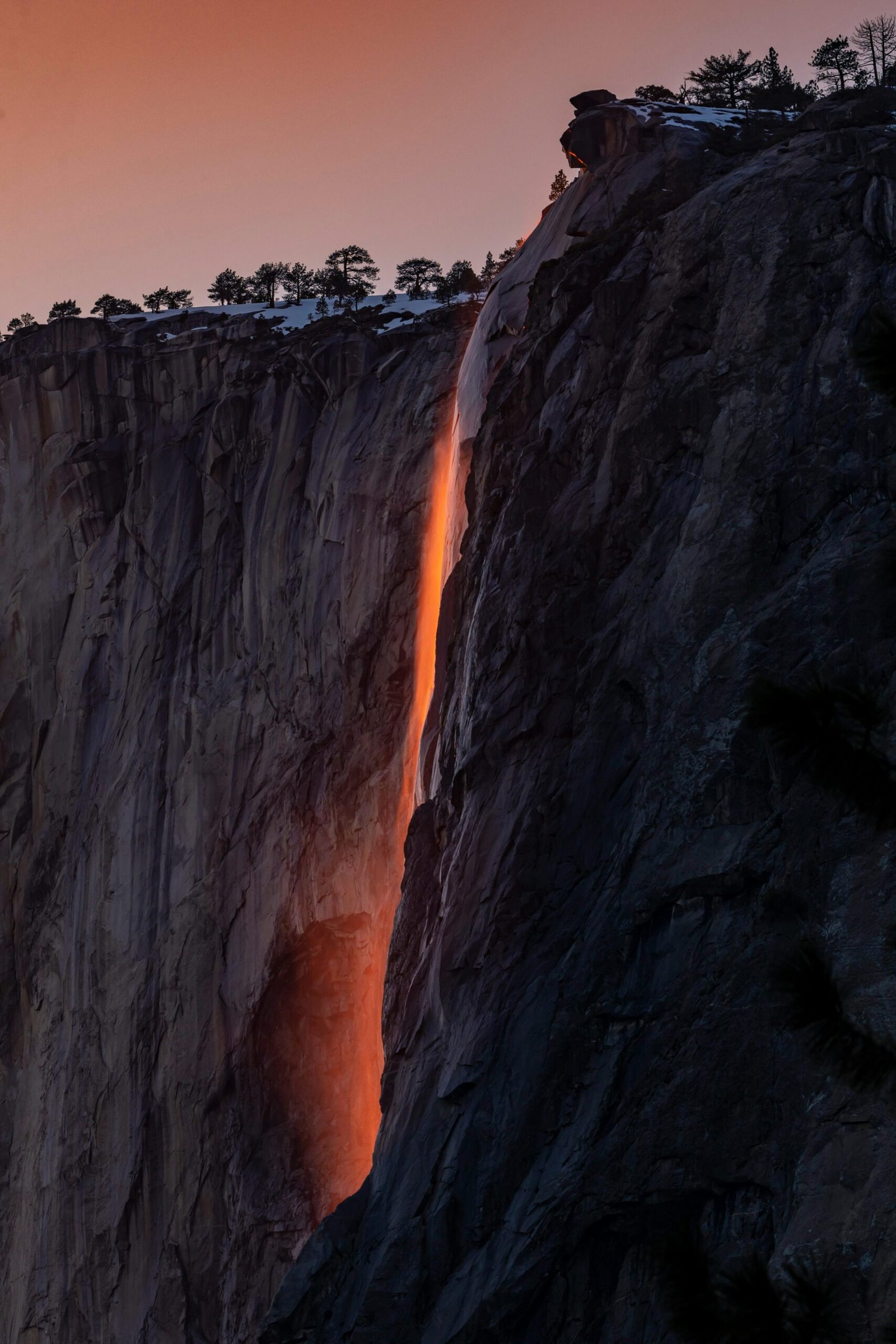The Biggest Cave in the World: Son Doong Cave
When you think of the wonders of the natural world, a few places may immediately come to mind. Mount Everest, the Grand Canyon, or maybe the Great Barrier Reef. But there is one hidden place that doesn’t always make it to the top of the list, though it must be so. In this article we explore the largest cave in the world, Son Doong Cave in Vietnam, a breathtaking natural wonder that has its own climate, rivers, jungles, and clouds inside!

Son Doong Cave nestled in the dense forests of Phong Nha Ke Bang National Park in central Vietnam, is no ordinary cave. What makes this cave so special and unique is not just its size, even though it is the largest cave in the world. It’s the story of its formation, that goes back to 2 to 5 million years.
Imagine, millions of years ago, a river began flowing through a limestone area. In time, the river did what rivers do best, It eroded the rock!. But this was not a quick process. Bit by bit and a drop by drop, the water slowly ate away at the limestone, and eventually become the biggest and massive cave we know today as Son Doong!
So, how did this river carve out such a massive area? The answer lies in the peculiar geology of the area. Limestone, which is dominant here, is peculiarly susceptible to erosion, particularly when exposed to slightly acidic water- like river water.
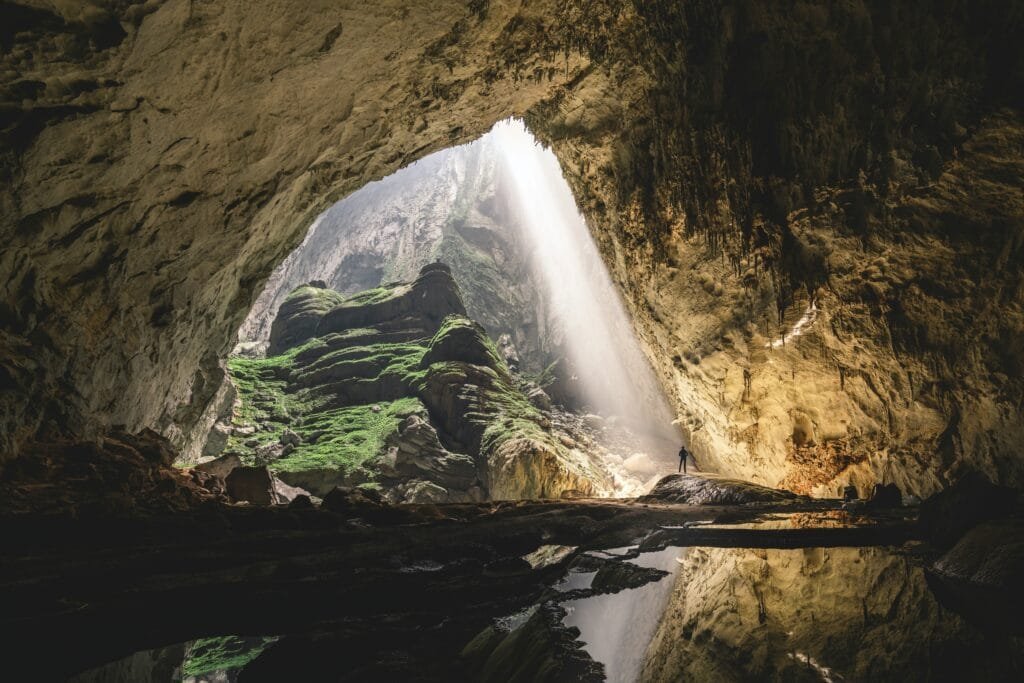
Over millions of years, water steadily flowed through the cracks in the limestone, gradually widening them and forming underground rivers. Eventually, this relentless process led to the creation of vast hollow spaces.

As the rivers flowed, they eroded the limestone further, expanding the chambers bigger and bigger. However, this process didn’t just happen on the surface. The river was also cutting through the rock deep underneath the land, hidden from life for most of its history.
The fascinating thing is that even after the grasslands vanished, the limestone preserved some interesting formations. Stalactites and stalagmites formed as minerals, carried by dripping water, slowly accumulated. These formations are still growing today, but very slowly. The rate of formation is about 1 inch every 100 years.
Fun Fact: Some of the stalagmites in the Son Doong Cave reach up to 262 feet in height, ranking among the largest in the world. That’s even taller than the Statue of Liberty!
Historical Background
Despite its antiquity, Son Doong Cave was hidden to the world until recently. It was first discovered in 1991 by a local man named Ho Khanh. But, it wasn’t until 2009 that British cavers led by Howard Limbert discovered it and stunned the world with their amazing discovery. There was a cave so big that it has its own ecosystem, complete with its own jungles, with rivers and even clouds!

Geological Wonders of Son Doong
- The cave is about 9 kilometers (5.6 miles) long. It has tracks up to 200 meters (660 ft) high and 150 meters (490 ft) wide, making it big enough to have a 40-story building next to it.
- The cave is noted for its spectacular dolines or natural sinkholes, which allow natural light to penetrate and support the lush vegetation within the cave.
- Son Doong cave has some of the tallest stalagmites and stalactites in the world, reaching a height of 80 meters (262 feet).
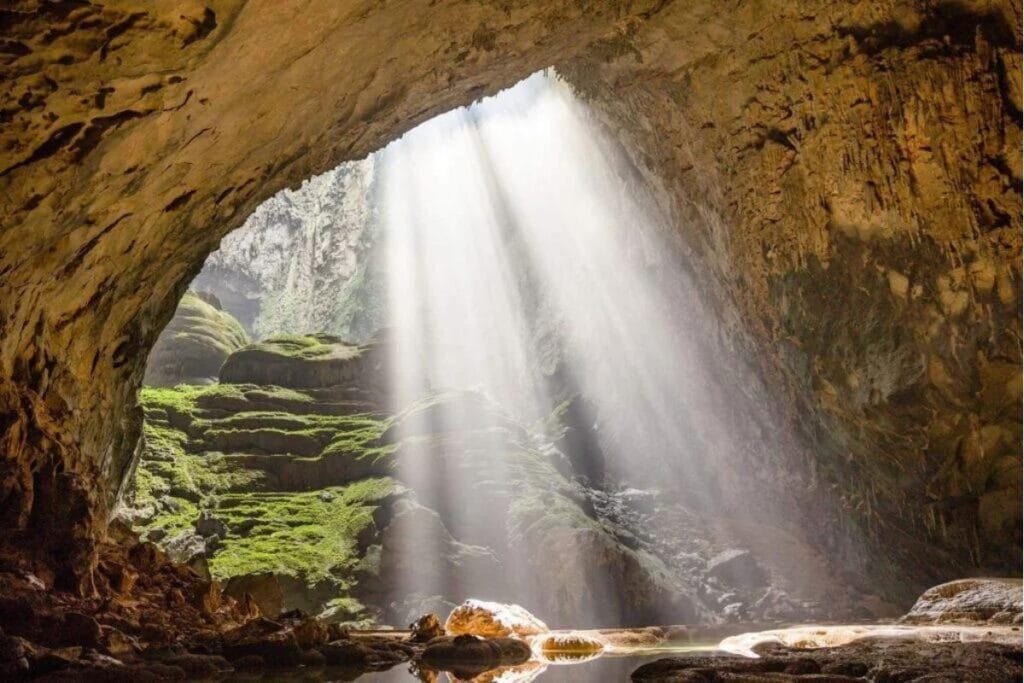
The Hidden World Inside Son Doong Cave
Inside Son Doong Cave, the wildlife and plant life create a fascinating world that is akin to entering a secret world that has not been altered by time. The cave is home to a surprisingly wide range of animals, many of which have adapted to the odd conditions of their unique environment despite being deep beneath.
Plants
The cave’s underground jungle known as the “garden of Edam” is a area where sunlight streams through massive sinkholes, creating a lush habitat. Trees and ferns here grow in the rocky soil, while mosses and lichens add green patches to the walls. Despite the limited amount of daylight, these plants are remarkable for their ability to survive in such a secluded environment.

Wildlife
Among the plants, wildlife too has managed to find their way of flourishing. Flying foxes, a type of large fruit bat, fly through the cave maneuvering into the big chambers in search of their food. These bats are really important to the cave’s ecosystem as they help in pollinate plants and spread seeds.
The cave is also a residence for many birds that advantage of the filtered light coming down through the dolines. Even more surprising are the sightings of monkeys living inside the cave. These mammals, who happen to be in the forests above, sometimes go inside the cave, probably because of the many fruit bearing trees inside the cave. Their presence in the cave stands to show that despite being secluded and relative inaccessibility, the cave is connected with the outside world.
On the cave floor, smaller creatures such as Insects, spiders, and other invertebrates have adapted to the low-light conditions. The underground river that flows through Son Doong is also home to variety of fish. Many of them are blinded due to lack of light. These species evolved over thousands of years and survived in completely dark waters relying on other senses to navigate and find food.
Tourism and Access
Oxalis Adventure is the only company offering tours in the Son Doong Cave. Guided tours lasting approximately 4 to 6 days are offered, giving you the chance to really explore this natural wonder. During the trip, you’ll walk through dense forests, cross rivers and even camp right inside the cave. This is a fun and immersive experience that allows you to connect with nature in a unique way.
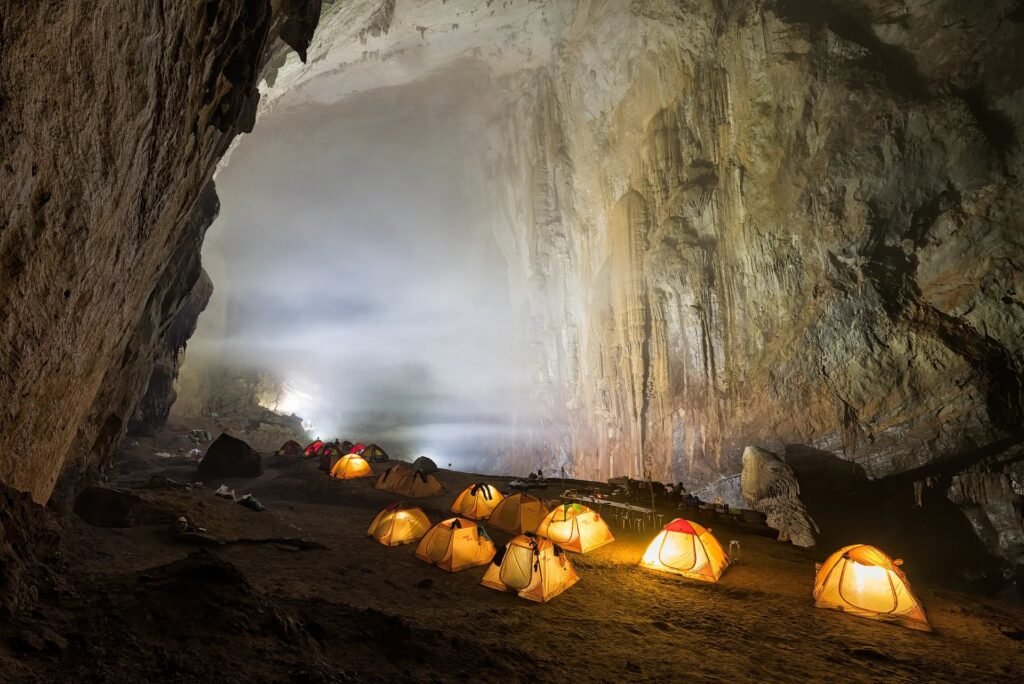
How to Get There?
Nearest City
The city of Dong Hoi is the gateway to the Phong Nha-Ke Bang National Park. It can be reached by flights from major Vietnamese cities such as Hanoi and Ho Chi Minh.
Travel to the Park
It’s about a 45 minute drive from Dong Hoi to get to the park. Private transfers or local taxis can be arranged to reach the park visitor center.
Best Time to Visit Son Doong
The best time to visit Son Doong Cave is between February and August, to avoid the rainy season when floods can make the cave inaccessible and dangerous
Future Prospects
Like many of Earth’s natural wonders, Son Doong Cave is at the same time a marvel and a responsibility. Tourism has been brought to the area by its discovery, giving a much-needed boost to the local economy. On the other side of the coin, however, comes the task of maintaining the condition of the cave.
Such tourism is Regulated to remove much of the potential impact upon the ecosystem of the cave. Only a very few visitors are allowed every year, and they have to follow strict guidelines to ensure the cave to remain as untouched as possible. If future generations are to experience the awe of Son Doong Cave, there needs to be this kind of balance between exploration and conservation.
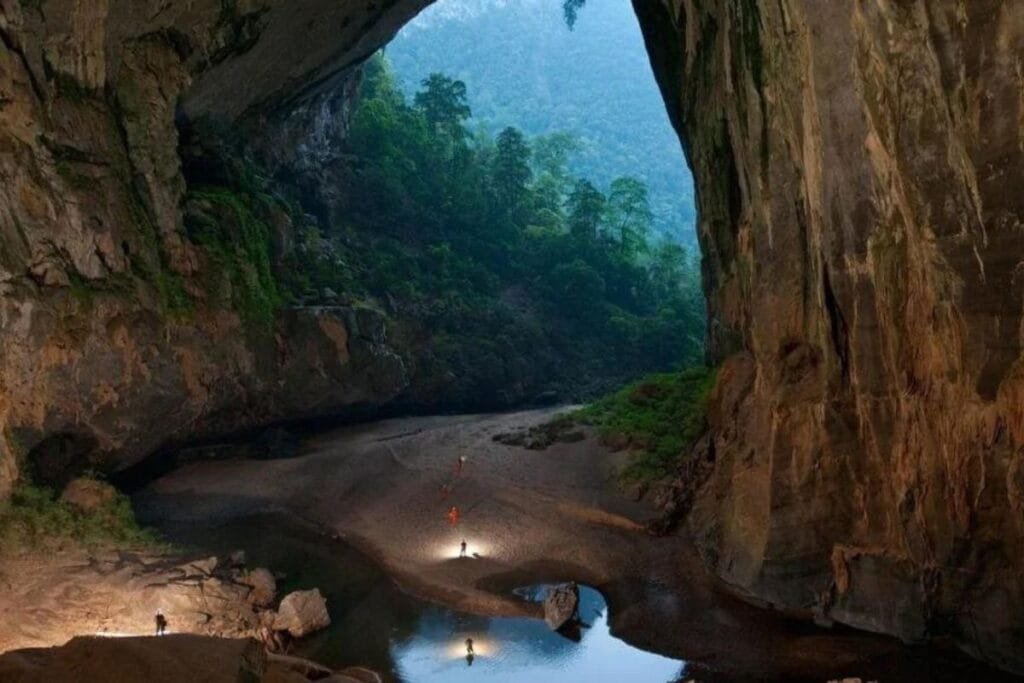
Remember: When exploring, always leave no trace. Son Doong Cave has stood the test of time; let’s make sure it continues to do so for millions of years to come.


